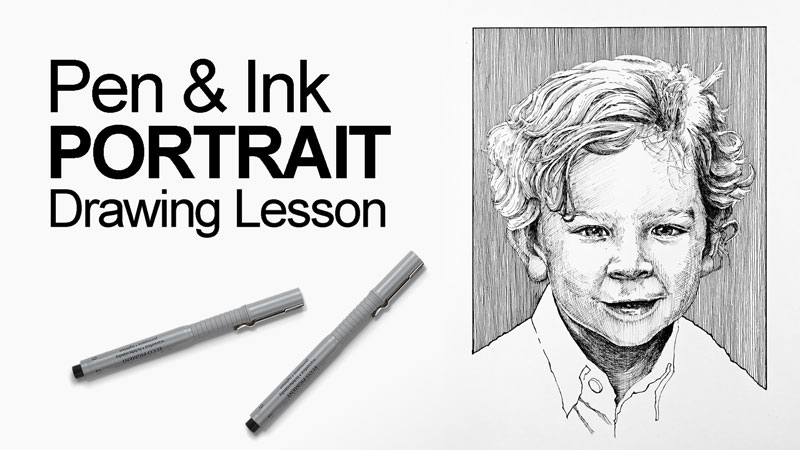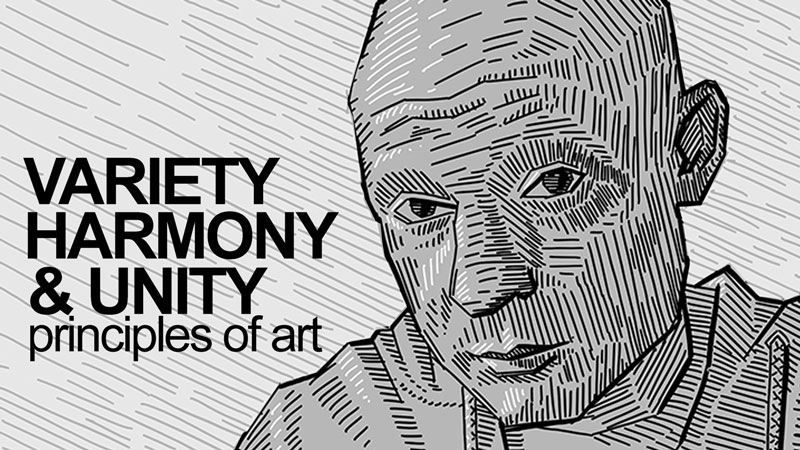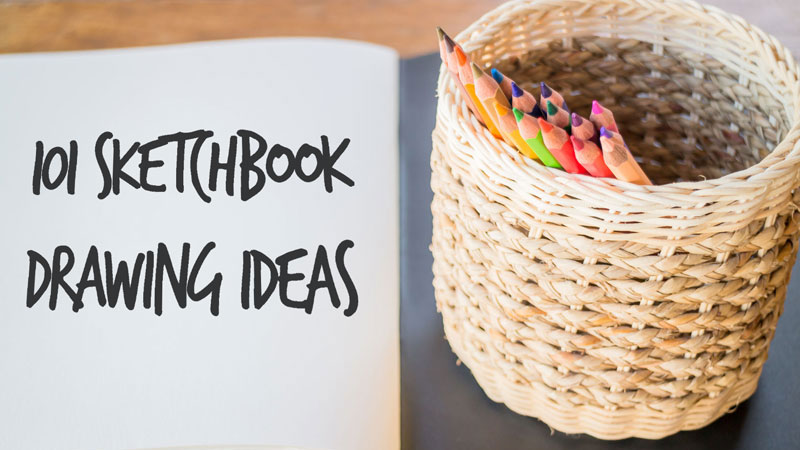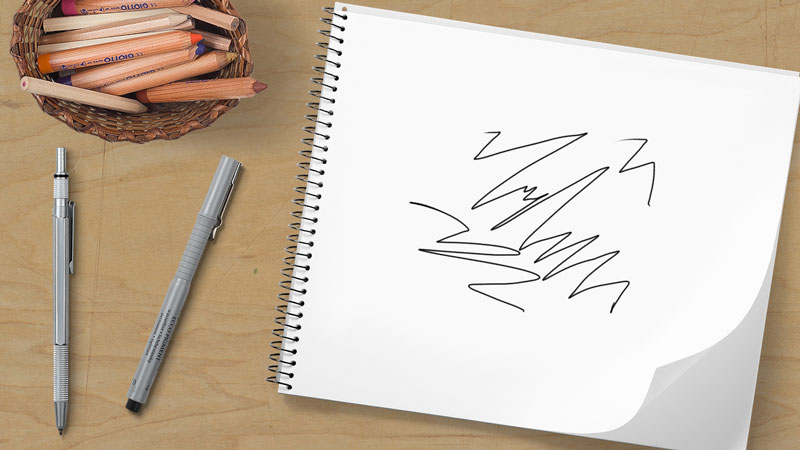
These types of lines are called contour lines, but most commonly called “outlines”. Line can also convey movement either through repetition or by showing lines coming off of the surface of an object that is moving. Line can also create the illusion of form through hatching or cross hatching.
I could go on and on about the varied uses of line. I want to address one of the most overlooked uses of line. Line’s ability to be expressive Line is perhaps one of the most expressive elements of art. Color, of course is important as well.
We can prove line’s ability to communicate expression with a simple game. If you are teacher, this a great way to make a point about the expressive qualities of line. (Don’t look ahead to the drawings at the bottom of the page.)
Here’s how the game works. Begin with a “happy line”. Just draw a line on your paper that you think would be happy. Not a happy face, mind you, but a “happy line”. Now put that paper to the side.
Next, draw an “angry line”. Just envision that the line you are drawing is really mad about something. What would it look like? Now put that drawing to the side.
The last line you should draw is a “confused line”. What would a line look like if it was confused?
Expressive Line Examples…
Now, let’s discuss the results.
Look at your “happy line”. It is likely that your “happy line” has some type of curve in it. In fact it may be a complete curve, spiral, or circle. We associate curves or rounded lines with happiness. So, it makes sense to include curved lines in your drawings, paintings, or designs in which you want to express happiness.
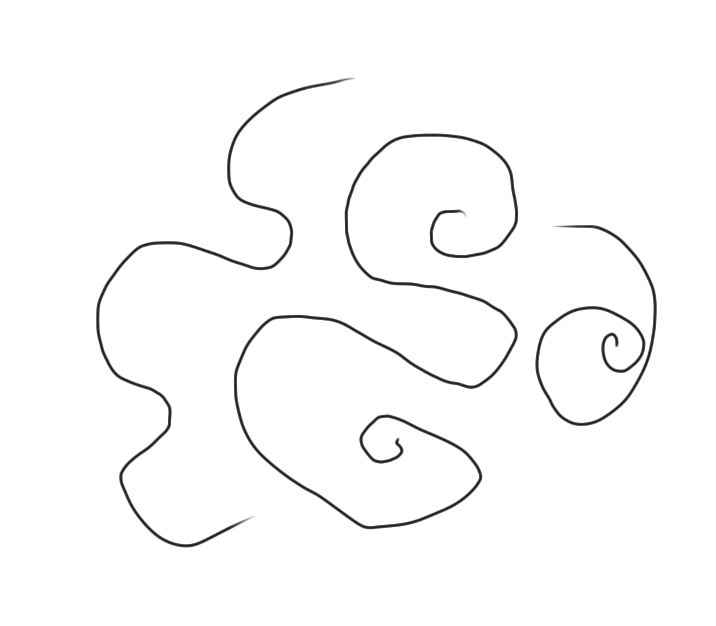
Now, let’s take a look at the “angry line”. It is likely that your “angry line” has some type of jagged mark in it. Changing directions abruptly, like in the case of a jagged line, can communicate the sense of anger. Therefore, if you are trying to communicate anger in a work, it makes sense to include jagged lines.
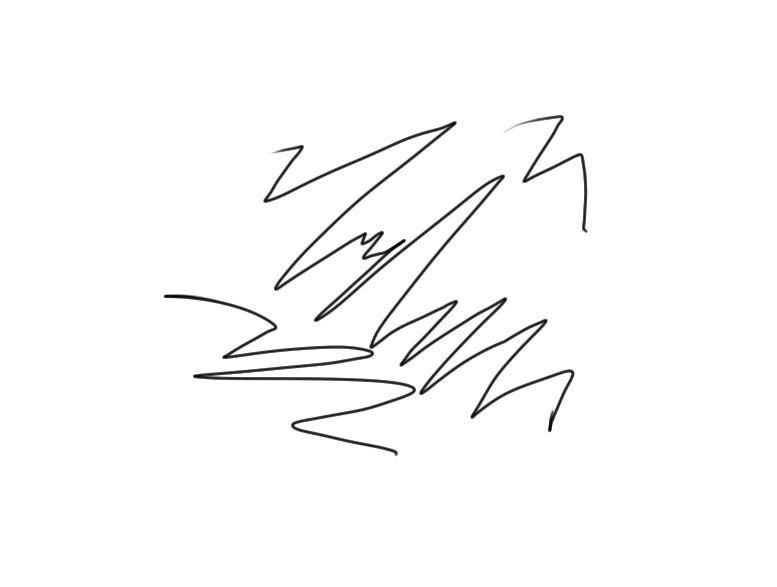
Lastly, let’s take a look at the “confused line”. Here we tend to see the widest variety of interpretations, but often the “confused line” will include as many different lines as the artist can imagine. It may include a curve, a jagged line, spirals, light marks and dark marks. Very simply, it will include a broad variety.

So, we can safely conclude that line is much more that a device used to indicate where an object ends. It is also expressive. And when used intelligently and creatively, it can really spice up our artwork.
If so, join over 36,000 others that receive our newsletter with new drawing and painting lessons. Plus, check out three of our course videos and ebooks for free.


